Active research projects
Marine reptiles of Svalbard, Norway
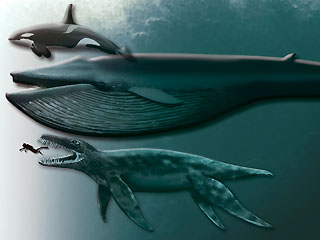
Dr. Pat Druckenmiller is currently involved in a large collaborative project with the University of Oslo Natural History Museum in Oslo to investigate a prolific new site of Jurassic-aged marine reptiles from the high Arctic archipelago of Svalbard.
Arctic Dinosaurs of Alaska
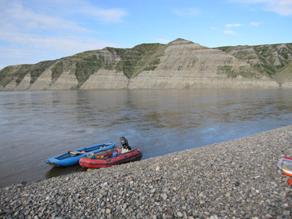
The UA Museum hosts the largest collection of Arctic dinosaurs in the world. In collaboration with Dr. Greg Erickson at the Florida State University, we seek to better understand dinosaurs that lived in Arctic Alaska during the Late Cretaceous, approximately 69 million years ago. This work is sponsored by funding from the National Science Foundation.
Marine Reptiles of Alaska
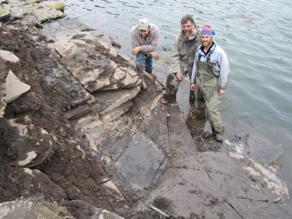
Several exciting discoveries of marine reptiles have been made in Alaska. Most recently a world class specimen of a thalattosaur, a small Triassic marine reptile, was made in southeast Alaska. Other exciting finds currently under study include a large ichthyosaur with gut contents from the foothills of the Brooks Range, a new Middle Jurassic ichthyosaur from the Talkeetna Mountains, and a small, rare ichthyosaur from southeast Alaska.
Jurassic dinosaurs of the Naknek Formation, southwestern Alaska
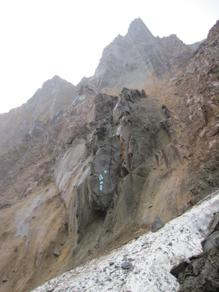
In 2010, a team of Alaskan scientists, lead by the UA Museum, rediscovered a dinosaur trackway found 35 years earlier near Chignik, Alaska. The tracks were found in the Upper Jurassic Naknek Formation and constitute the oldest record of dinosaurs found in the state. We are currently investigating other possible occurrences of dinosaurs in the formation on the Alaska Peninsula/Becharof National Wildlife Refuges.
Yukon River dinosaur tracks
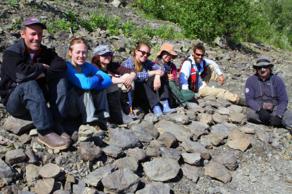
University of Alaska Museum of the North researchers have found a major new site
for dinosaur fossils in Alaska along the Yukon River.
A recent trip netted about 2,000 pounds of dinosaur footprints for the museum’s collection,
according to earth sciences curator Pat Druckenmiller»“There aren’t many places left
in the world where paleontologists can just go out and find thousands of dinosaur
footprints. This is the kind of discovery you would have expected in the Lower 48
a hundred years ago.”
In July 2013, researchers set off in boats for a 500-mile journey down the Tanana
and Yukon rivers. Co-discoverer Kevin May, operations manager at the UA Museum of
the North, says the goal was to explore as many beaches as possible for evidence
of dinosaurs. “Based on what we know about the geology along the Yukon River, the
rocks exposed downriver from Ruby suggested they might be a good place to find dinosaurs”.
They found much more than they expected: dinosaur footprints big and small, from both
meat- and plant-eaters.
“We found a great diversity of dinosaur types,” Druckenmiller said, “evidence of an
extinct ecosystem we never knew existed.”
Read the rest of the news story here.
